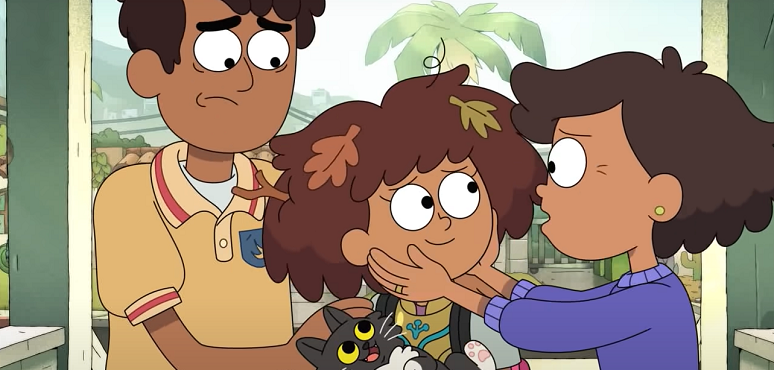Representation matters, and the need to increase diversity in programming is a vital priority for television studios. This emphasis has borne fruit in recent years, with top-rated shows such as Insecure, Lovecraft Country, Vida, and Ugly Betty charting an innovative path across genres and networks.
But while these and other advances are welcome, more attention needs to be placed on programming for the most impressionable demographic: children. This is where an industry leader – Disney Junior and Disney Television Animation – is making diversity a daily reality, both on-screen and off.
Representation for a global audience
Disney’s roster of diverse children’s programming is exemplary. For younger children, there is the Peabody-Award-winning Doc McStuffins, which tells the story of an African-American girl who channels her desire to be a doctor through healing her toys; Elena of Avalor, which introduced the network’s first princess inspired by Latin cultures and folklore; and Mira, Royal Detective, which centers on the cultures and customs of India. For older children, Emmy-nominated Amphibia opens a door into Thai-America culture while series such as The Ghost and Molly McGee and Moon Girl and Devil Dinosaur promise even more diversity in stories, characters, and casts.
But why is all of this important? According to Kal Penn, who plays the inquisitive mongoose sidekick on Mira, Royal Detective, he didn’t grow up seeing himself on the screen. But now, his nieces and nephews can enjoy the show, sing the songs, and play with the toys in ways that are culturally specific. For Penn, this is something that transcends national borders. “It’s really for a global audience and to see all of these diverse kids watch the same content, smile for the same reasons, and see each other in the characters – it’s just so cool,” he says during the Disney panel at the Television Critics Association press tour. Brenda Song, who plays intrepid adventurer Anne Boonchuy on Amphibia, agrees. “If I can be that representation for my cousins and my siblings, that’s all we can really ask for,” she says. “Because kids are so impressionable and what they see on TV is their window to the world. Hopefully we can open these windows for them to learn new things about different cultures and different people.”
A mirror and a window
For Joe D’Ambrosia, general manager and senior vice president of original programming at Disney Junior, this idea of a window as a portal to new experiences is fundamental. “All of our stories really need to act as a mirror and a window,” he explains. “A mirror where a young child can watch TV and see a reflection of themselves out there and also as a window where he or she can view another child’s experiences.” The way to accomplish this, D’Ambrosia points out, is to combine a diverse pool of creative talent with a talented team of producers.
On the creative side, this has meant going into the nitty-gritty of characters in ways that weren’t done before. “When I got to writing, it was absolutely a priority of mine to be specific where it’s like, ‘Okay, this character is Thai and if I don’t do it, no one will,’” says Matt Braly, creator and executive producer of Amphibia. For Ashley Burch, who plays Molly on The Ghost and Molly McGee, this specificity is the key to writing convincing characters. “In the past, we were often quite colorblind in the ways that we wrote our characters,” she says. “But the more authentic we are to the cultures that we’re writing, the more resonant they are.”
But writing alone is not sufficient: as Braly, who is also in charge of hiring, points out, a third of the crew is also Asian to ensure that it represents the show being made. For Tariq Trotter, executive producer of Disney Junior’s Rise Up, Sing Out, this kind of across-the-board representation is essential. “And not only as creatives,” he explains. “Representation on an administrative level as well, making decisions about the content is just as important.”
Join us in bringing more diversity to television
Disney is setting an example in terms of diversity and inclusion in children’s TV, but there is still much more that remains to be done across the media and television landscape. TV studios continue their efforts to bring more diversity to the screen, behind the camera, and in the writer’s room. To find out how you can get involved in our campaign to ensure that diversity matters in television, click here.
